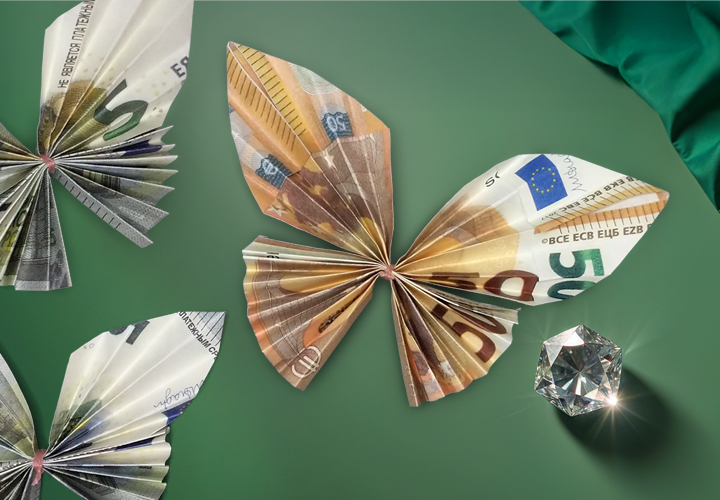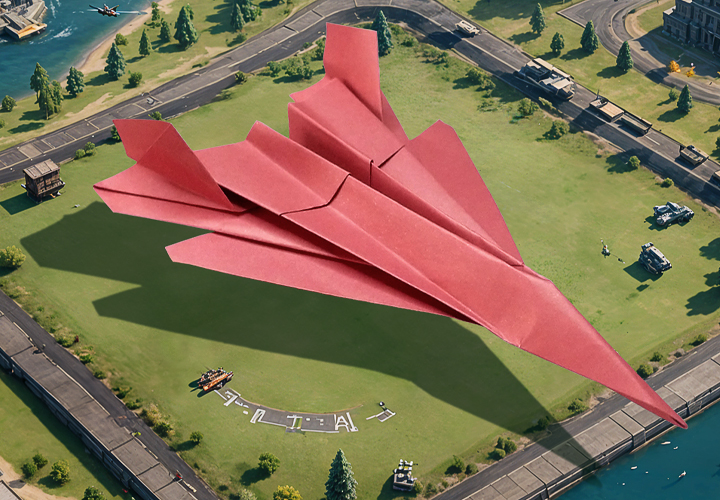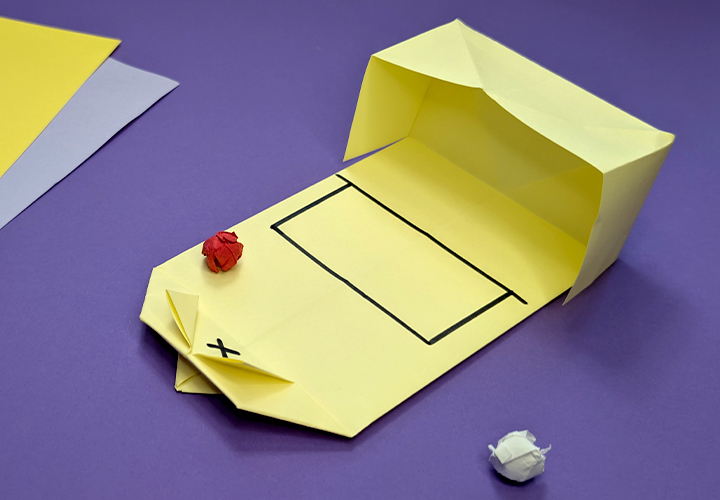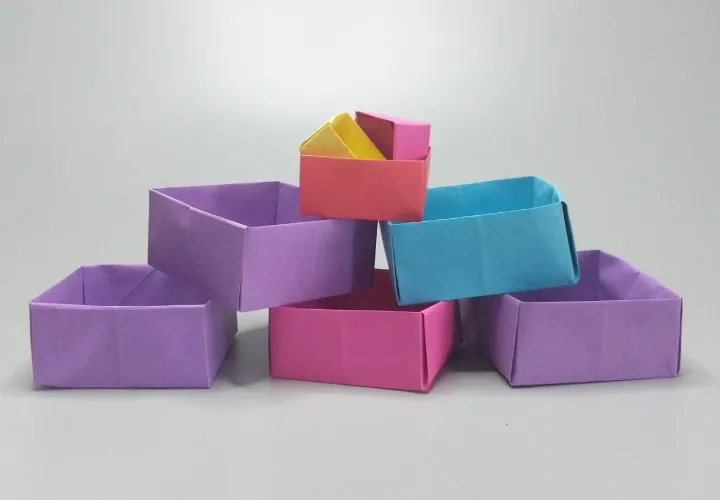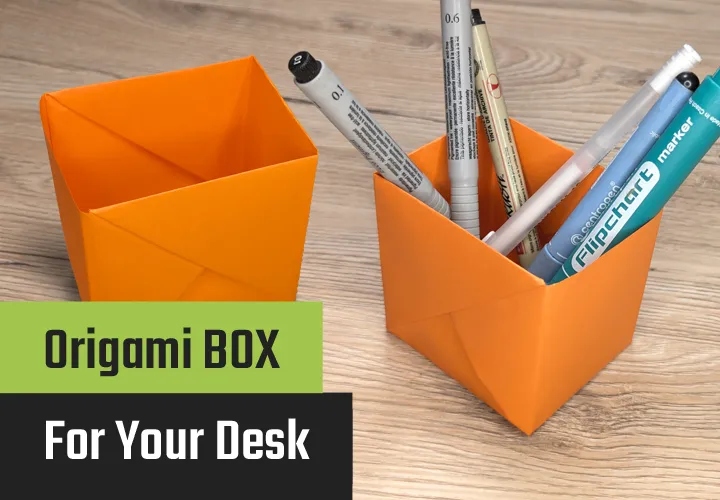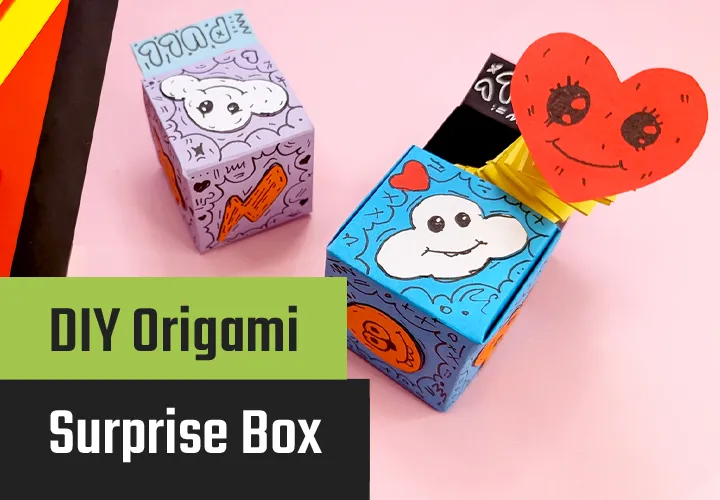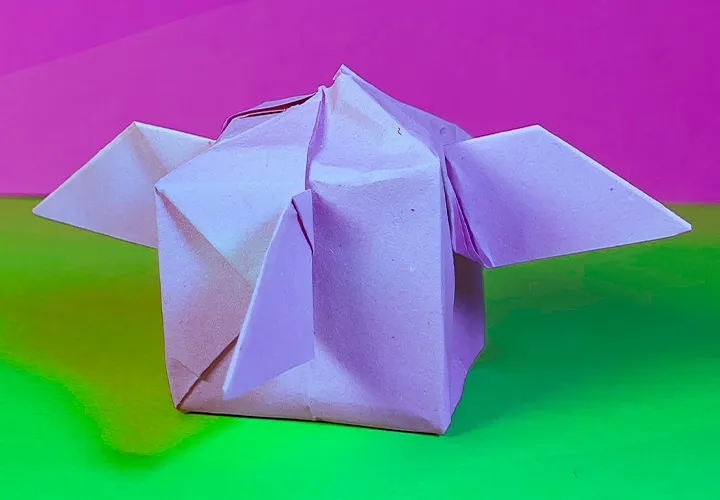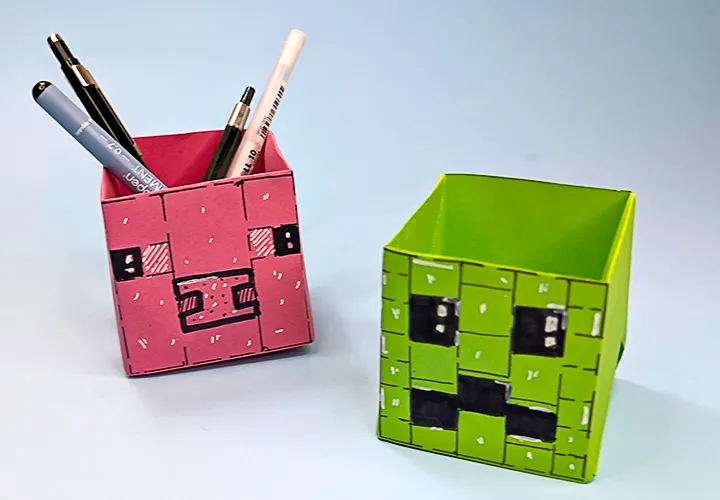Make your own origami box: Step by step to the perfect box
With our instructions, folding a box becomes child's play
Folding box: Our video and photo instructions
Folding a box is a skill that is easy to learn. Our instructions consist of three parts: a video tutorial, a series of photos, and text descriptions. We produce the videos with multiple cameras in our studio. The lighting is set up optimally so that every folding step is clearly visible. The photos show each step in detail, leaving no questions unanswered. The descriptions explain precisely what needs to be done. This combination makes our instructions particularly effective. The boxes can be easily recreated using them. With our material recommendations, the project is guaranteed to be successful. A special focus is placed on critical moments during folding. Additional close-up shots show the correct hand movements. The video recordings can be watched as many times as needed. This allows everyone to work at their own pace. The camera angles are chosen in a way that hands are never in the way. The audio further explains each step. Our experience shows: even beginners can succeed in making the boxes using this method. The instructions are sorted by difficulty level. Small tips help with common problems. Material selection is also important. We recommend suitable types of paper. The tools are also explained. A ruler is always necessary. Sometimes a bone fold helps. The size of the finished box is stated in the description, so everyone can find the suitable project.
Folding box – Development through manual work
Folding box promotes important skills. Fine motor skills develop through precise finger movements. Scientific studies show: these motor exercises strengthen neural connections in the brain. Concentration ability increases through focused work. Spatial thinking is trained by folding various shapes. Especially children benefit from this creative activity. Hand-eye coordination noticeably improves. This skill later supports learning to write. Mathematical understanding grows through dealing with geometric shapes. Patience and endurance are trained incidentally. Children learn to work precisely. Success motivates them to continue. Self-confidence grows with each successful project. The completed box brings pride. This success encourages further effort. Creativity develops through personal design ideas. The choice of colors and materials expands the scope of design. Folding together promotes social skills. Children help each other. They exchange experiences. Learning is more fun in a group. Motor skills develop playfully. The brain forms new connections. These connections aid in general learning.
Folding paper box - popularity and usage
Folding a paper box fascinates people of all ages. Children especially appreciate the simple models that bring quick moments of success. The opportunity to create their own gift boxes or storage solutions makes this activity appealing. In general, the boxes can be divided into three categories: small gift boxes, medium storage boxes, and large organizational boxes. The small boxes are perfect for jewelry or small surprises. They are quickly folded and make gifts especially personal. The medium boxes serve as practical helpers in everyday life. They gather paper clips and pens on the desk. In the bathroom, they store cosmetics. The large boxes help organize drawers and cabinets. They flexibly adapt to the available space. The search for folding instructions on the internet demonstrates the great interest. People appreciate the possibility of creating customized solutions. The material is inexpensive, and the design options are limitless. Colors and patterns make each box unique. The boxes can be customized as needed. The stability is convincing with the right folding technique. Many schools use folding in their teaching. It promotes concentration and spatial thinking. Children are proud of their self-folded boxes. They enjoy using them for their collections. The boxes assist in maintaining order, which further motivates. Folding together is fun. Creative solutions emerge collaboratively.
Origami Box - Art and Development
The Origami box trains brain development in a special way. The complex folding patterns activate various brain regions simultaneously. Neurological research confirms: This activation strengthens brain connectivity. The connections between brain areas become denser. This enhanced connectivity improves general learning ability. Working memory benefits significantly. Spatial imagination develops through three-dimensional thinking. The concentration span is noticeably extended. Studies show: Regular folding improves academic performance. Positive effects are particularly evident in mathematics and geometry. Fine motor skills reach a higher level. These motor skills support handwriting. Eye-hand coordination becomes more precise. This precision aids in many everyday activities. Logical thinking evolves through folding sequences. Problems are approached in a more structured manner. Planning abilities improve. Creative solutions arise more frequently. Perseverance grows with each project. Perfectionism is positively encouraged. Self-assessment becomes more realistic. Successes motivate to take on new challenges. Artistic expression abilities expand. Personal development is holistically nurtured.
